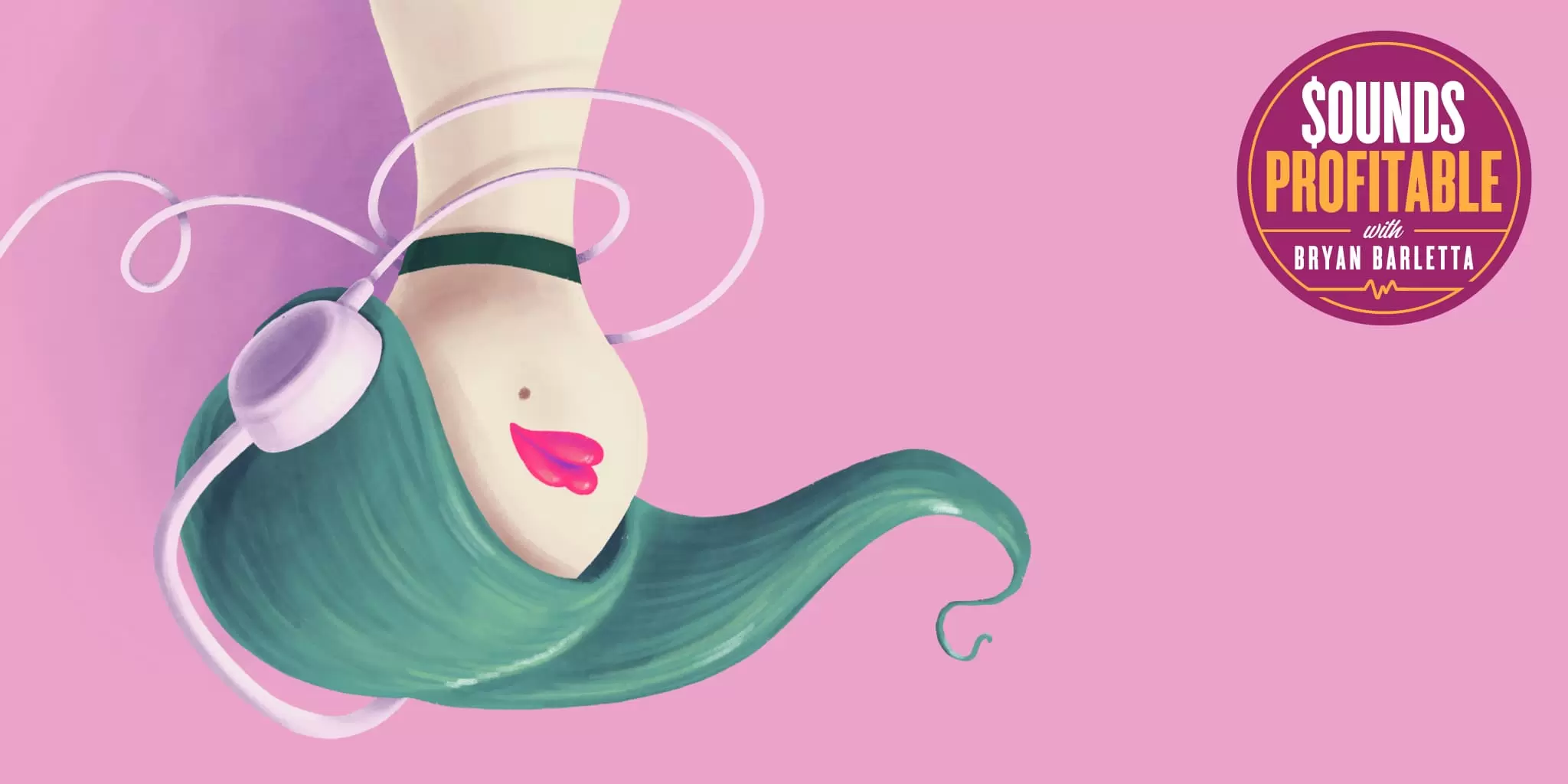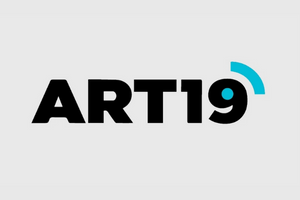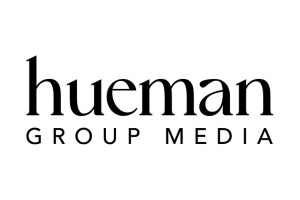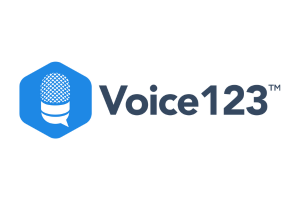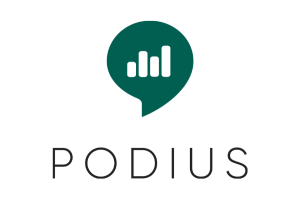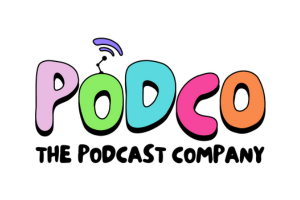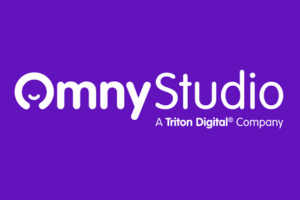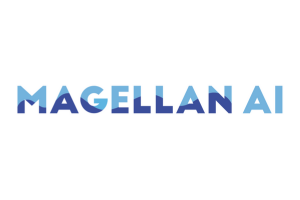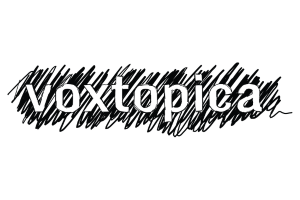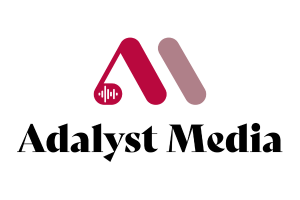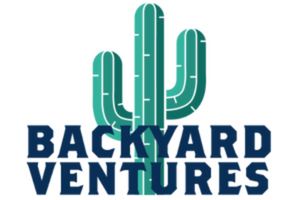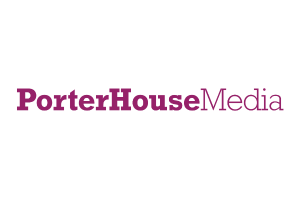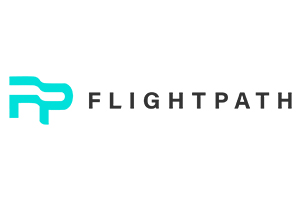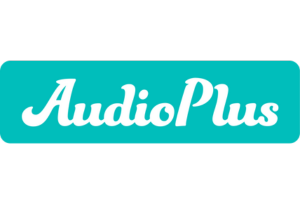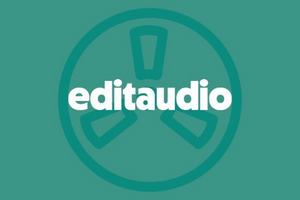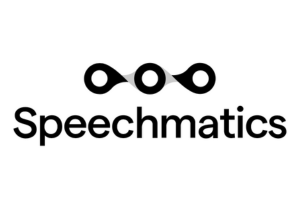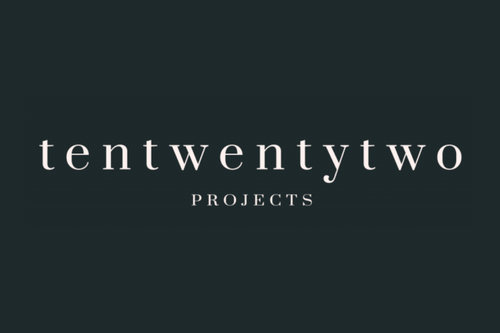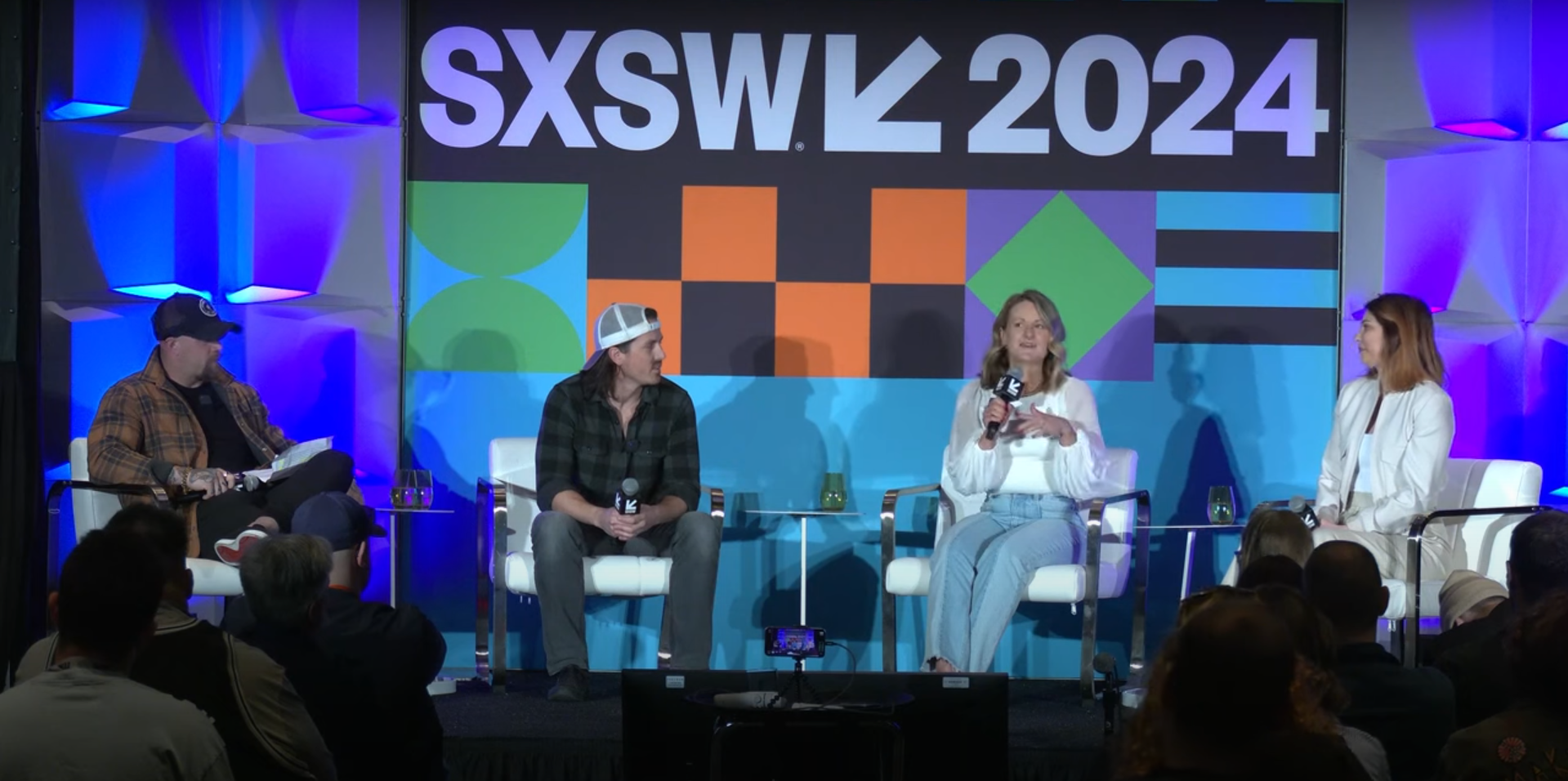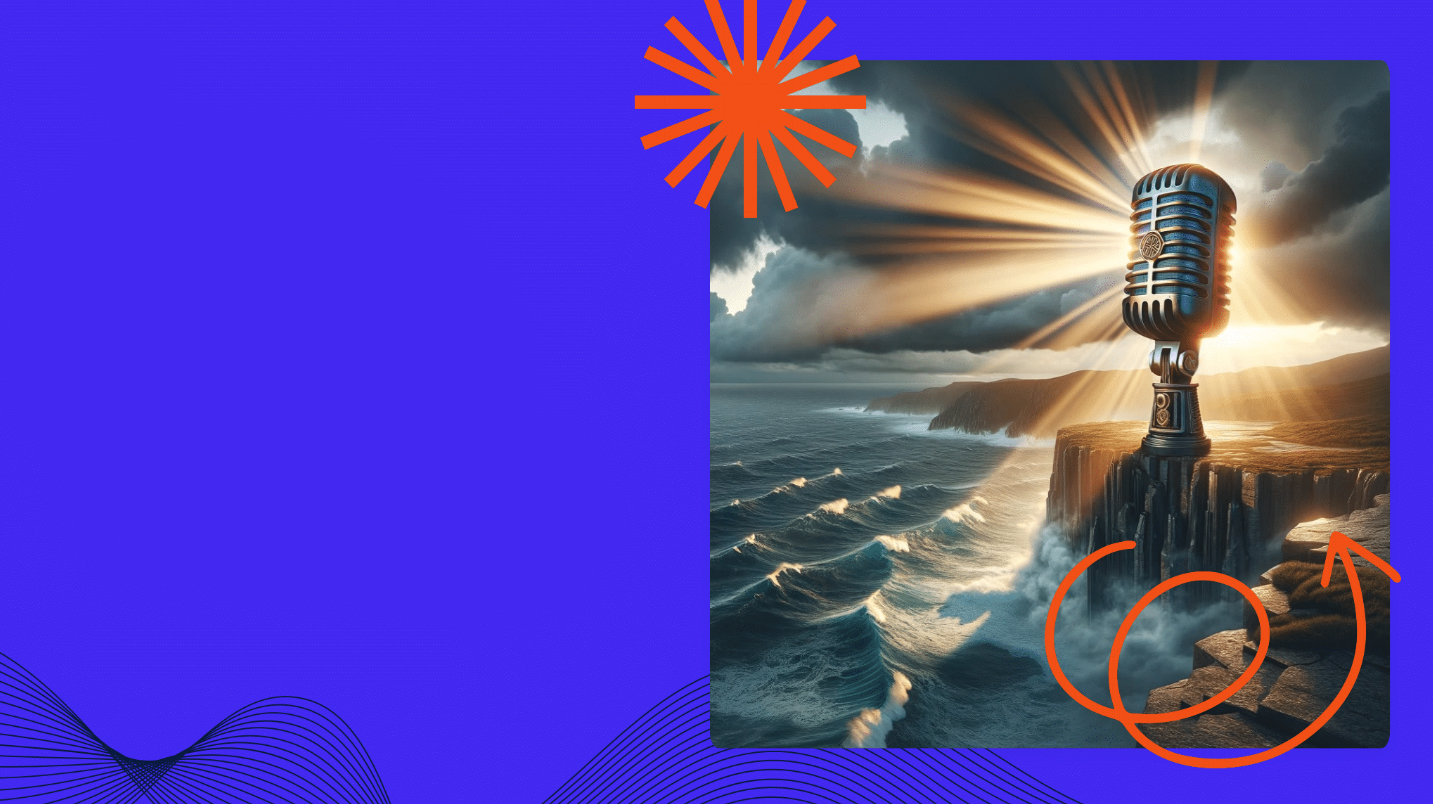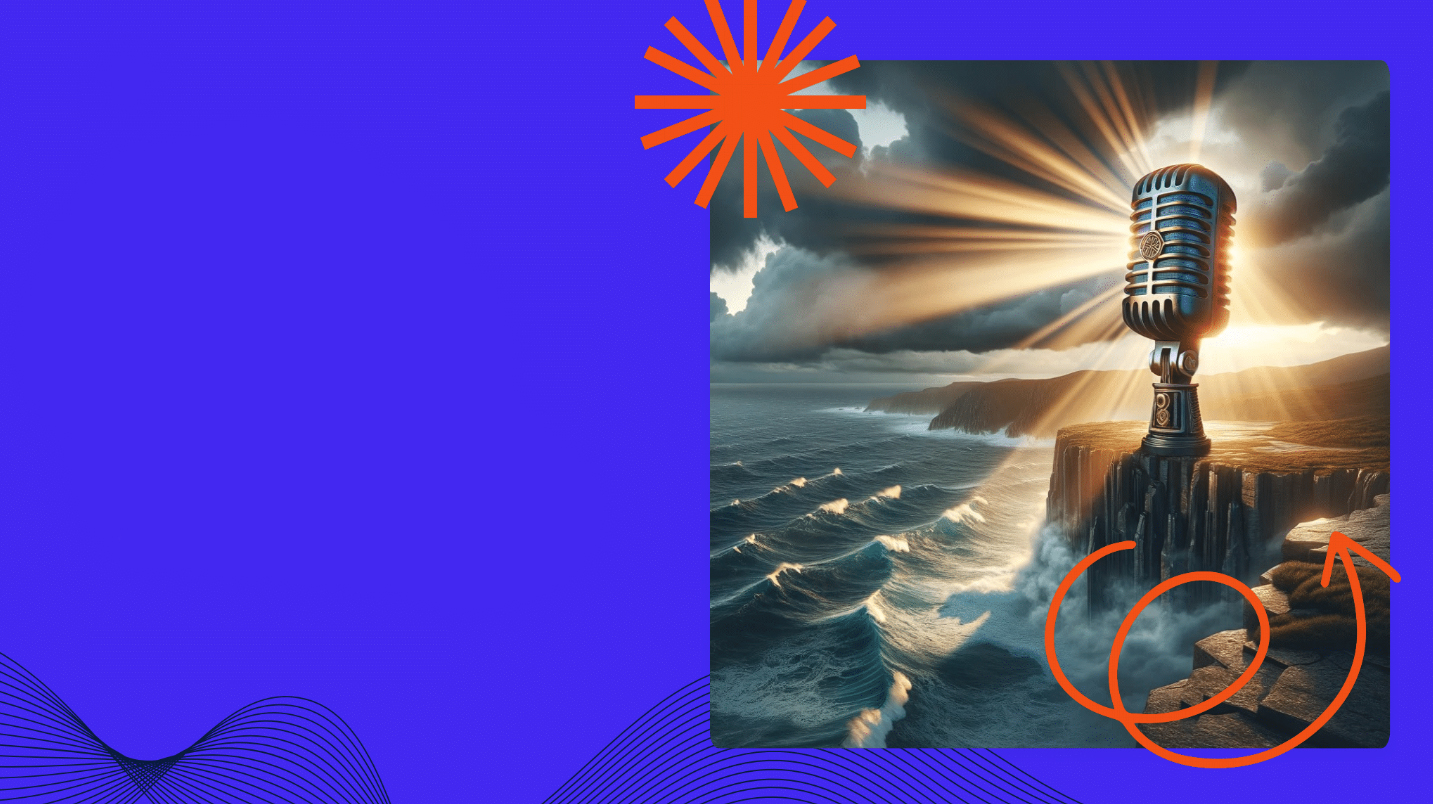Want to listen to this article? Check out my free premium feed, which includes the latest episode discussing how France views podcast certification, with Sarah Toporoff of PodInstall.
Introduction
About a month ago, Spotify announced that publishers on Anchor would soon be able to offer their content through paid subscriptions. The industry as a whole has been speculating on (or wishing for) this for a while from the likes of Spotify, Apple, Google, and Amazon. After all, outside of Spotify, each of them not only has their own payment processing service (and likely their listeners stored credit card information) but also a strong history of selling digital content, including audio.
The leap to paid subscriptions for podcasting from these services makes sense, but the big question is: what does that look like for publishers?
Before these behemoths put their products live, before publishers start stripping ads out of their shows and uploading and managing their content across multiple different platforms, I wanted to dig into the high-level topic of premium feeds.
This fantastic tool is not only underused, it’s being challenged by these partners bringing their offering to light, in a way that removes the most valuable aspect of it for publishers: a direct relationship with their listeners.
What Are Premium Feeds
On most podcast apps (except Spotify), listeners have the ability to enter the RSS feed of a podcast directly into the app rather than searching for the show’s listing in that app. Since most podcasts are trying to get as wide of a distribution as possible, it’s more than likely that the podcast the average listener is looking for is searchable in the app.
But not always. For a variety of reasons, some podcasts are unlisted, so having the ability to manually add an RSS feed means that each listener can experience any podcast on their preferred app, if they’re willing to go through the effort of finding the show’s RSS feed and adding it manually.
Premium feeds are one example of an un-listed RSS feed for a podcast. These are “limited access” feeds, created by the publisher but with some specific requirement to gain access to the feed.
Some premium feeds are meant to be private, perhaps used by a company to internally communicate with their workforce (which I think is pretty cool). Or it’s a method for the listener to get access to extra content or an ad-free version of the show accessible for a fee. Premium feeds like this are designed once by the publisher, but each subscriber is provided their own unique RSS feed. That prevents public sharing of the feed and is why you won’t find premium feeds in podcast directories.
In the world of podcast adtech, premium feeds get completely overlooked. They require the publisher to do additional work on the creative and operations end, and they also take effort to market and promote if the goal is to sell access. Also, salespeople tend to hate them because the assumption is that they’re completely ad-free (spoiler: they don’t have to be), reducing the inventory they have available to sell.
The big key that we’re overlooking is that each premium feed is configured per listener. Not just for the protective nature mentioned above, but for the analytical benefit it brings to the table. With one unique feed per listener, the publisher knows who that listener is and their exact listening habits for their show, something we continue to clamor about in our quest for more data in podcasting.
Danger of Letting Apps Lead
As I’ve said and will continue to say until it changes, podcast apps have all the data.
While podcast hosts, publishers, and adtech companies are resigned to live in the world of certified downloads measured from requests that include IP address, device user agent, and the episode being requested, podcast apps know substantially more about the listeners.
Not only do they have the ability to collect first-party information like the listener’s name, email, billing address, etc, but they can easily know every single action that listener takes in their app, including exactly how much of each piece of content they listen to.
Apple, Spotify, and Google all provide portals for podcast publishers to log into and see an aggregate version of the data that the apps are collecting. Nothing shared is granular and since there’s no framework for how the apps measure and share this data like there is for podcast hosting and analytics platforms to comply with, it’s pretty hard to combine it all together. It also doesn’t help that this data isn’t passed back to the publisher’s hosting platform.
When we think of podcast apps offering the ability for their listeners to subscribe to premium feeds, we need to acknowledge one big thing:
Podcast publishers do not own the listener relationship.
While all these apps will (probably) soon provide a frictionless way for publishers to sell their premium feeds directly to listeners without having them exit the app, the publisher still won’t own that relationship. This is the same model that we’ve seen in selling music, videos, and apps across Apple, Google, and Amazon. Ultimately, the seller has no direct information about the purchaser.
So, for giving up somewhere likely between 15-30% of the subscription cost, publishers will have a fantastic opportunity to make additional revenue directly from their listeners in a well-designed user experience workflow. But the relationship between the publisher and listener won’t change.
And ultimately, nor will the data.
The Sounds Profitable Setup
The fun of having my own podcast is that I get to implement ideas I want to see in action to better understand how they work. And of course, see if they’re viable. So I’ve partnered up with Supercast to offer a private feed for the Sounds Profitable podcast. And no, I’m not going to make you pay for it. Quite the opposite, actually.
My show will continue to be hosted directly with Whooshkaa. What I like about Supercast was that it offers its services without making me either host in multiple places or switch to their platform, something we just don’t have clarity on yet when it comes to what Spotify is offering.
Sounds Profitable will always be free for people to learn from, and my goal with using a premium feed is to challenge the fact that content presented this way has to be ad-free or for-fee. Whoever decided those were the rules is seriously misguided.
So what exactly will the Sounds Profitable premium feed be? It’ll be a way for you to customize the experience you want.
On top of the weekly interviews with fantastic guests where we expand on topics of past articles, I’m going to start narrating each week’s article as exclusive content only available through the premium feed. There are two main reasons I’m doing this. The first is that I struggle to read every article that I come across each day, but I have plenty of time to listen to podcasts. When Tom Webster who CONVENIENTLY WROTE ABOUT PREMIUM FEEDS THIS WEEK started recording an audio version of his newsletter, I switched almost entirely to listening to the audio version. I have more time to listen to audio than I do to read, especially when I can pop a headphone in while I make a cup of coffee or go for a walk. I’m making the assumption that this applies to some of you as well.
The second reason is that I need additional reasons to encourage you to sign up for my completely free premium feed. Not only will you have access to the full back-catalog of all my interviews (we’ll be trimming the public feed down to contain only the four most recent episodes), you’ll also have me narrating each article. For fun, I got my toddler to read out the section headers. It’s super cute!
Actually, I’ve created three different premium feed options for listeners to choose from. One is just the interviews. Another is just me narrating the articles. The third is both combined. My goal here was to allow you, the listener, to pick one option for Sounds Profitable that fits all your needs, instead of taking up two spots in your podcast library.
You can sign up for free, right here.
Making Money
Premium podcast feeds have been so underused, which has caused a few assumptions to be made.
First off, you don’t have to charge for them. I would be absolutely out of my mind to tell any of you how to manage your costs structure or make money podcasting. My expertise focuses solely on using the tools podcast adtech provides and challenging you to try new and creative things with those tools. Some of which might make you money.
To me, the idea of having access to a listener’s name and email (which they willingly shared) along with the ability to drop unique episodes into their personal feed sounds like the type of thing creative publishers could use to make up for the infrastructure cost of a private feed. Those costs run about $0.59 per month per listener on Supercast, which annualizes out to $7.08 per listener per year.
I’m no biz ops guy, but seven bucks a year sure sounds like an amount that a savvy publisher or network could quickly recoup from the extra data collected by premium subscribers. Maybe a monthly or quarterly survey to take better advantage of the user metrics for better reporting to their advertisers. Those surveys can range from knowing more about your audience to better sell to them, to using them for pre- and post-survey prompts for ad campaigns, and everything in between. Premium feeds allow publishers a direct connection to their listeners for the first time. So get weird and get creative.
Second, a paid premium feed does not have to mean ad-free.
Did you know Hulu still offers two tiers for their streaming, one with ads and one without, and both paid? An ambitious publisher might realize that one episode per week with six ad spots per episode at a $50 CPM and a 100% fill rate would earn them $15.60 per listener per year. So selling an ad-free premium feed for just $25 a year upfront would cover all fees and hit the maximum that the listener could earn the publisher on day one.
It’s also easy to justify that the episodes pulled over from the public feed should stay the same, ads and all. But for that brand new premium content, it’s another great place to get creative.
The way I’ll be exploring that is to present the narrated article episodes of Sounds Profitable, thanks to our title sponsor that month. I’ll read the short highlight they provide me, point out their call to action, and continue on the episode. Now, this additional content can have one single sponsorship without leaving a bad taste in the listeners’ mouth.
Wrapping It Up
Premium feeds require work, but there’s something there.
The friction is absolutely real. Asking a listener to click on a link in the episode details that kicks them out to a website, which then requires them to pay for something to get a special link to put back into their podcast player… that can be a bit of a hard sell. But if you make that worthwhile for the listener, you’ll know them. Better than the podcast players will ever let you know them.
Subscriptions are a very exciting aspect of premium feeds, but we can’t be naive. We’ve got to look at the relationships these major players have with their musicians, app developers, and product sellers on their platforms and ask how much do they get to know about the people buying their content. The answer really is “not much” and they’re not going to change for podcasting, an industry that is a blip in comparison to their other channels that are applying more pressure on them. It took over a decade for Apple and Google to make changes to the cut they take from app developers. And neither platform makes any money off of us podcasters. Yet.
If premium feeds are interesting to you, invest the time in exploring them now before the apps dictate to the listeners how subscriptions work. Once the apps make this process mainstream, it’ll be hard for most publishers to convince their listeners to take the extra steps to make that connection.
Homework – with Yappa
Podcast adtech excites me on its own almost as much as teaching others about it does. This space is absolutely accessible to anyone who wants to learn, and it’s important to me not only to share my knowledge with you but to help you experiment as well.
This week, I’d like to suggest that you find time for you directly or someone on your team to explore premium feeds. Whether it’s just private feeds from your host, or a robust offering from a third party. Paid or free. Figure out where it fits in your roadmap before Spotify and Apple go live with it. Evaluate if instead you’d rather gear up for their offering or that it just doesn’t apply to you.
Sounds Profitable will never charge our readers to learn from us, but several individuals have asked about supporting us directly. You can find out more about our individual sponsorship at our Patreon.
New Sponsors
Support from our amazing sponsors is truly the only way that Sounds Profitable could exist. They provide me the means to stay completely independent, allowing me to fully write about all aspects of this industry without being bound to any one company. With that said, I’d like to introduce you to our latest sponsor:
- Supercast – The membership platform built for podcasters. Create your membership and get paid by your fans, every month.
If you’d like to learn more about sponsorship or advertising with us, just hit reply.
Market Insights – with ThoughtLeaders
Due to technical difficulties, I don’t have the latest image from ThoughtLeaders available. However, it should be updated by the time you read this tomorrow at this link. After reading it, hit reply and let me know your thoughts, or click the Yappa image above!
Product Deepdives
I really enjoyed March’s product deepdive with Spreaker. It was my first time going hands on with the product and I think it has a ton of potential for podcasters of all sizes that are looking for a hosting and monetization platform to take the wheel on filling their unsold ad inventory. I enjoy the strong stance Spreaker takes on how they monetize their publishers inventory, which can be great for publishers not yet set up to do it fully themselves.
In April, I’m excited to announce we’ll be diving into Omny Studios with our guest and Managing Director, Sharon Taylor. The more publishers understand about the platform offerings out there, the better they can be informed to pick the best one for them.
If you missed our other product deepdives, with Podscribe and Triton Digital, you can find them on demand on our website. Definitely let us know what you think!
Things to Think About
I highly recommend all my subscribers also subscribe to Podnews. Last week, I found a few pieces of information that caught my attention.
- Podsights announced $4m in funding. I liked how they laid out why they raised it, and I’m personally just starting to wrap my head around how this end of the business works. It’s gotta say something that their investors also invest in Veritonic, Sounder, Spotify, and Slate.
- Skye Pillsbury writes an amazing piece on the topic of podcast producers being undervalued. My podcast wouldn’t exist without Evo Terra and Ian Powell.
- James Cridland asks “The New York Times A/B tests its headlines. Is anyone A/B testing their podcast episode titles?” If you are, let me know!
- A new update to the Podscape is now available! It includes acquisitions by Podsights and Podchaser.

